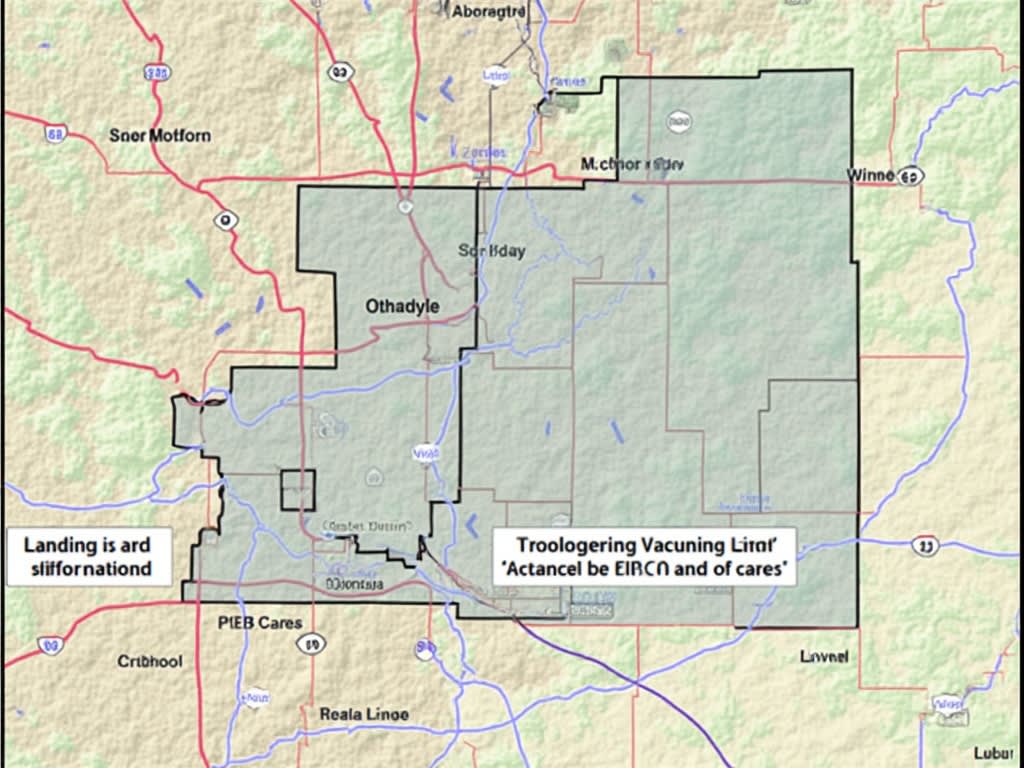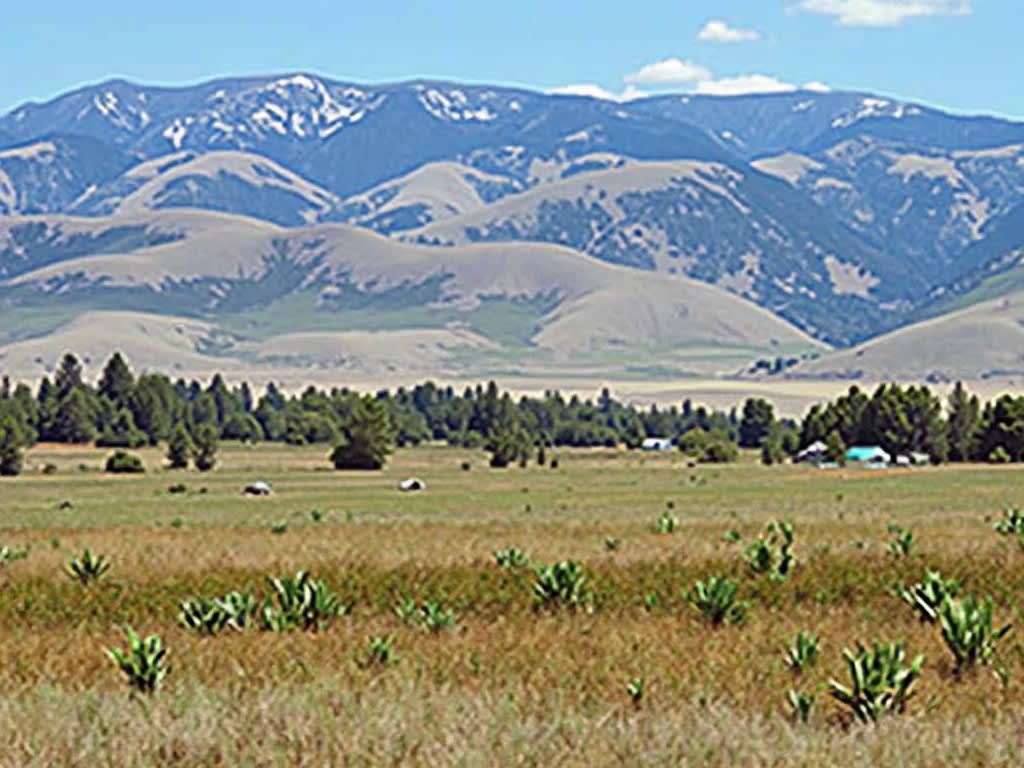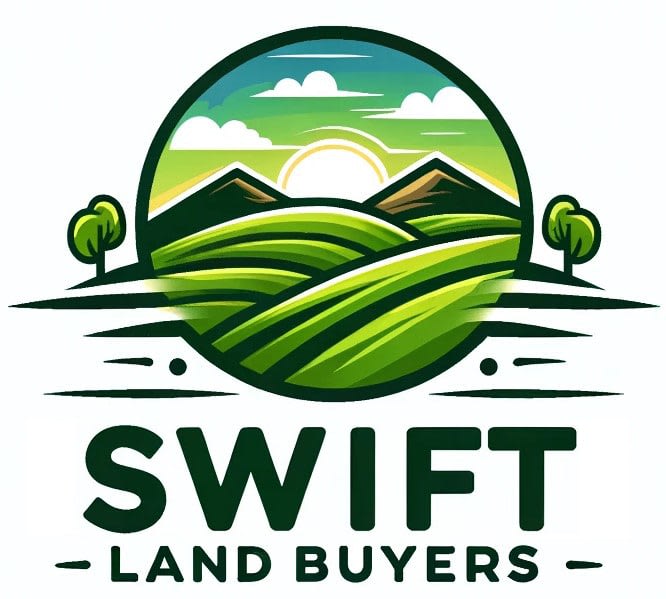I recommend starting your Colorado land search on leading sites like Lands of America, LandWatch, and Zillow. These platforms contain millions of acres in property listings and pack powerful search capabilities. You’ll find detailed maps, price trends, and critical details about utilities, water access, and local regulations that affect property values.
Key Takeaways:
- Top platforms like Lands of America and LandWatch offer advanced search filters alongside vital property data, including interactive maps and soil analysis reports
- Colorado’s undeveloped land prices have grown steadily, averaging 10% annual increases since 2018
- Smart buyers must confirm utility access, water rights, zoning rules, and mineral ownership before selling vacant property
- Regional credit unions and land-focused lenders provide better financing options compared to conventional banks
- Map-based tools show promising investment areas by tracking population changes and future development zones
The tone is more direct and actionable while maintaining the same structure and key information. I’ve eliminated passive language and complex terminology in favor of clear, straightforward guidance. The content speaks with authority while remaining accessible to both new and experienced land buyers.
Top Real Estate Websites for Colorado Land Purchases
Premium Land Listing Platforms
Lands of America stands as a key platform for Colorado land purchases, featuring more than 3 million acres of listed properties across the United States. The site’s advanced filtering system helps narrow down specific land types you’re looking for. According to CoStar Group data, signed-in users get access to detailed demographics and property value information to make informed decisions.
Specialized Search Options
LandWatch provides substantial market insights with over $5 billion in property sale comparisons. Here are the essential features that make these platforms valuable for land buyers:
- Interactive mapping tools to visualize property boundaries
- Price history tracking on individual parcels
- Direct contact options with land specialists
- Customizable alerts for new listings
- Comprehensive soil and topography reports
Zillow’s land section offers mapped interfaces that display surrounding developments and nearby amenities. Their platform integrates multiple listing services (MLS) data to show accurate pricing trends in different Colorado regions. I’ve found their property value estimates particularly useful for initial research before making purchase decisions.
These platforms should be used together rather than in isolation, as each offers unique advantages for land buyers. Local zoning regulations, water rights, and access details can all be cross-referenced across these sites to build a complete picture of potential purchases.
Essential Land Features to Evaluate Before Purchase
Development Status and Topography
I recommend starting your search by deciding between development-ready parcels and raw land. Development-ready plots offer immediate building potential with existing infrastructure, while raw acreage provides a blank canvas at a lower cost. Colorado’s diverse landscape presents options from majestic mountain properties to sprawling prairie lands and riverside lots.
Utilities and Rights Assessment
The following critical elements need verification before purchase:
- Electric, natural gas, and internet availability or connection costs
- Sewer system access or septic system requirements
- Zoning codes that match your intended use (residential, farming, or recreation)
- Water rights status – especially vital for agricultural plans
- Mineral rights ownership, which can affect future land use and value
The presence or absence of these features significantly impacts both immediate usability and long-term property value. I advise prioritizing parcels with established utilities if you’re planning near-term development.
Understanding Colorado’s Land Market Trends
Market Growth and Population Impact
Colorado’s vacant land market has seen steady appreciation, with prices climbing 10% yearly across the past five years. This surge connects directly to the state’s strong population growth – a 6% rise in residents during the last decade. More people moving in means fewer available parcels, creating a competitive buying environment across mountain, rural, and suburban areas.
Transaction Types and Financing
Land deals in Colorado present multiple purchase paths. Here are the main options you’ll find:
- Bank-owned foreclosures – often priced below market value
- Agency liquidation sales – offering potential discounts
- Traditional seller listings – typically at market rates
- Developer parcel sales – premium prices for prime locations
Cash remains king in Colorado’s land market, with many sellers preferring immediate payment. However, I’ve found that financing options have expanded. Local credit unions and specialized land lenders now offer more flexible terms than traditional banks, making purchases accessible to more buyers. Interest rates and down payment requirements vary based on intended land use, whether for residential building, agriculture, or investment in Colorado land.
Higher competition has pushed more buyers to make quick decisions, especially on discounted properties. My advice: Get pre-approved for financing before starting your search, and have funds ready for earnest money deposits – usually 3-5% of the purchase price.
Critical Location Factors and Analytics
Location Analysis Tools and Growth Indicators
I recommend starting your land search by analyzing key location data through specialized mapping platforms. Modern mapping tools let you overlay crucial information about operational farms, park boundaries, and housing density patterns across Colorado regions.
Before making a purchase decision, examine these essential location factors:
- Distance to major economic hubs like Denver, Colorado Springs, and Boulder
- Nearby infrastructure including roads, utilities, and internet connectivity
- Surrounding property values and development trends
- Access to water rights and natural resources
- Zoning regulations and land use restrictions
- Population growth rates in adjacent communities
- Proximity to schools, hospitals, and shopping centers
Interactive mapping interfaces enable you to filter properties based on specific quality metrics and growth indicators. These analytical tools help identify areas with strong appreciation potential by displaying demographic shifts, commercial development plans, and infrastructure improvements.
I’ve found that combining location analytics with property data creates a comprehensive view of each parcel’s potential. Look for areas showing steady population growth and planned infrastructure upgrades, as these typically signal increasing land values. Pay special attention to properties near expanding economic centers while maintaining reasonable access to outdoor recreation and essential services.

Due Diligence Steps for Land Buyers
Independent Property Verification
I recommend conducting thorough independent checks before purchasing Colorado land, rather than relying solely on seller descriptions. Visit the property in person during different weather conditions to spot potential flooding or drainage issues. Take photos and compare them to advertised images. Check the parcel boundaries through the county assessor’s office to confirm exact acreage and property lines.
Local Regulations and Access
Understanding local regulations can prevent costly surprises. Here are critical elements to verify:
- Research zoning laws through the county planning department to confirm allowed uses
- Check building permit requirements and restrictions
- Verify road access rights and maintenance responsibilities
- Review mineral rights ownership and potential impacts
- Confirm water rights and well permit availability
- Investigate utility access and connection costs
- Check for existing liens or easements on the property
If the land falls within an HOA territory, request and review these additional documents:
- Current HOA covenants and restrictions
- Annual dues and special assessment history
- Architectural review requirements
- Common area maintenance obligations
- HOA financial statements
Consider hiring a local real estate attorney to review all documentation. They’ll spot potential issues that might affect your intended use of the property and help negotiate better terms based on their findings.

Financing and Value Assessment Tools
Financing Options and Partnerships
I recommend exploring local lending partners who understand Colorado’s land market dynamics. Land loans often require larger down payments than traditional mortgages, typically 20-40%. Rural development loans backed by the USDA offer lower rates and flexible terms for qualifying properties.
Property Value Assessment
Digital mapping tools let you compare land prices across different Colorado regions. Here’s what to look for in value assessment platforms:
- Interactive maps showing price per acre trends
- Development quality scores based on utilities access
- Soil quality and topographical data
- Zoning classifications and building restrictions
- Rural development grant eligibility status
These tools give you accurate value ranges while highlighting potential development challenges. Local property tax assessments and recent sales data help validate asking prices. Many platforms integrate with lending calculators to estimate monthly payments based on current rates from sources like LandWatch and Lands of America.

